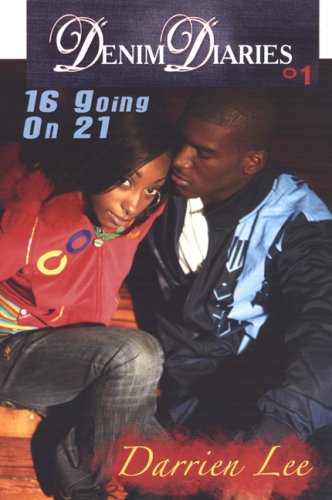
Have you ever seen a googly-eyed glass squid, aka Teuthowenia pellucida? A vampire squid? A glowing sucker octopus? Passages students haven’t either, and although seeing is believing, the photographs in The Deep are often so surprising that many viewers react by insisting they’re not real. Truly the last frontier on Earth, “With an average depth of 3800 meters, the oceans offer 99% of the space where life can develop . . . A staggering thought.” And while humans have sought to dissect and document every species they can get their hands on, thousands and thousands of organisms slip through scientists’ grasp because they inhabit depths rarely accessed. This gorgeous coffee-table sized book collects over 200 incredible photographs of these beings in their bioluminescent splendor and offers the reader a view of their dark and glowing world with basic facts, narrative captions, sophisticated essays, and an understated marker on the side of each page to indicate the depths at which each organism has been spotted. Readers will be be entranced, disbelieving, and full of questions. A perfect text to instigate inquiry, as well as a handy authentic and sophisticated text for teaching features of pictorials. Includes numbers of interest pertaining to the deep sea (pg 246), a one-page glossary, a one-page index, a one-page bibliography, and credits.
Nouvian, Claire Ed. The Deep. Chicago: The University of Chicago, 2007.










